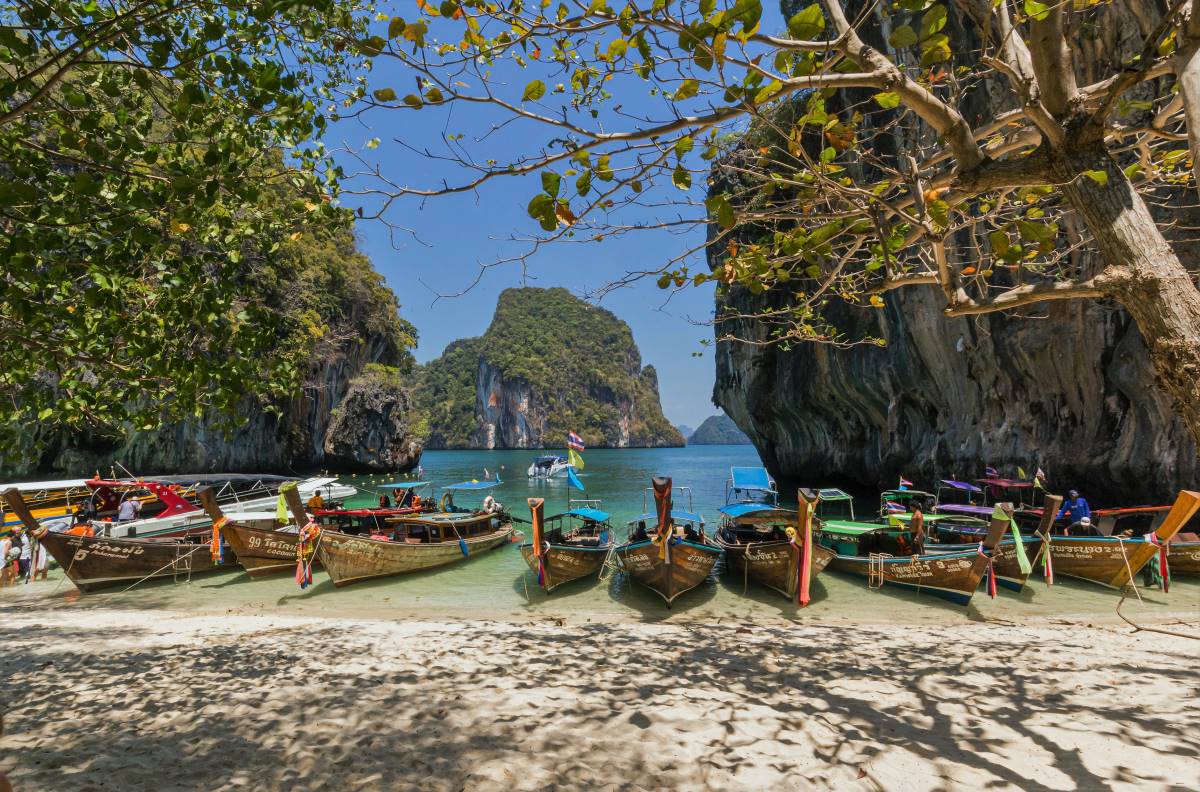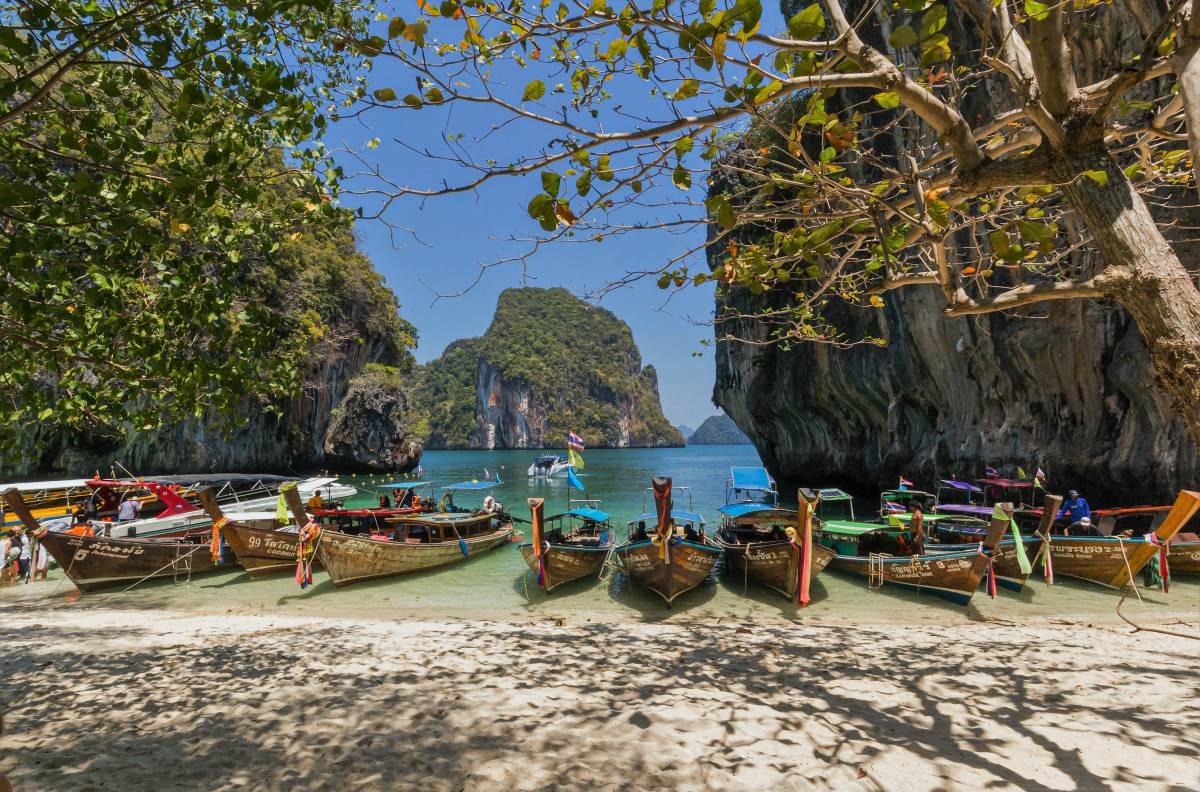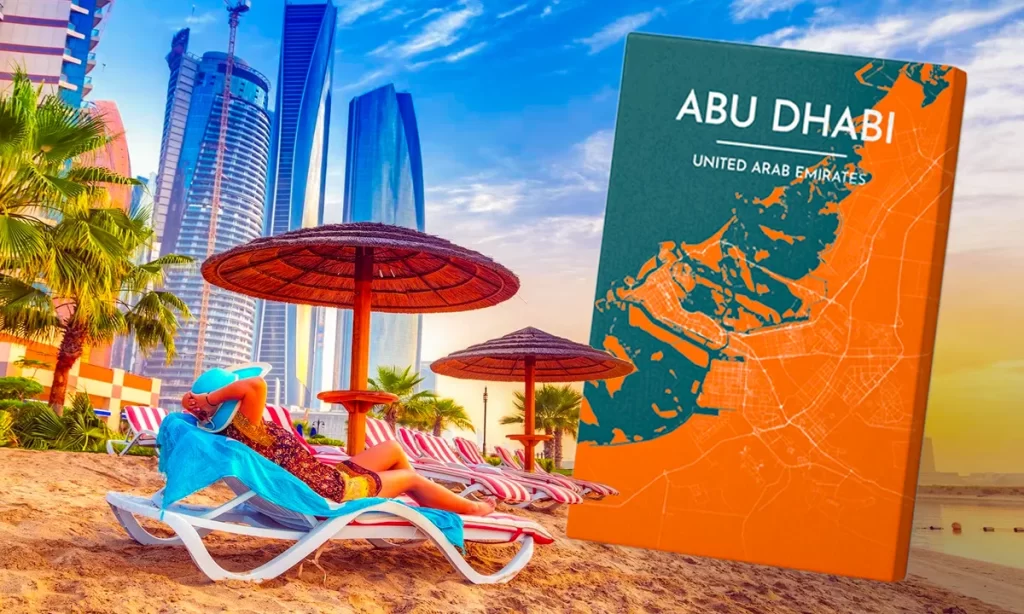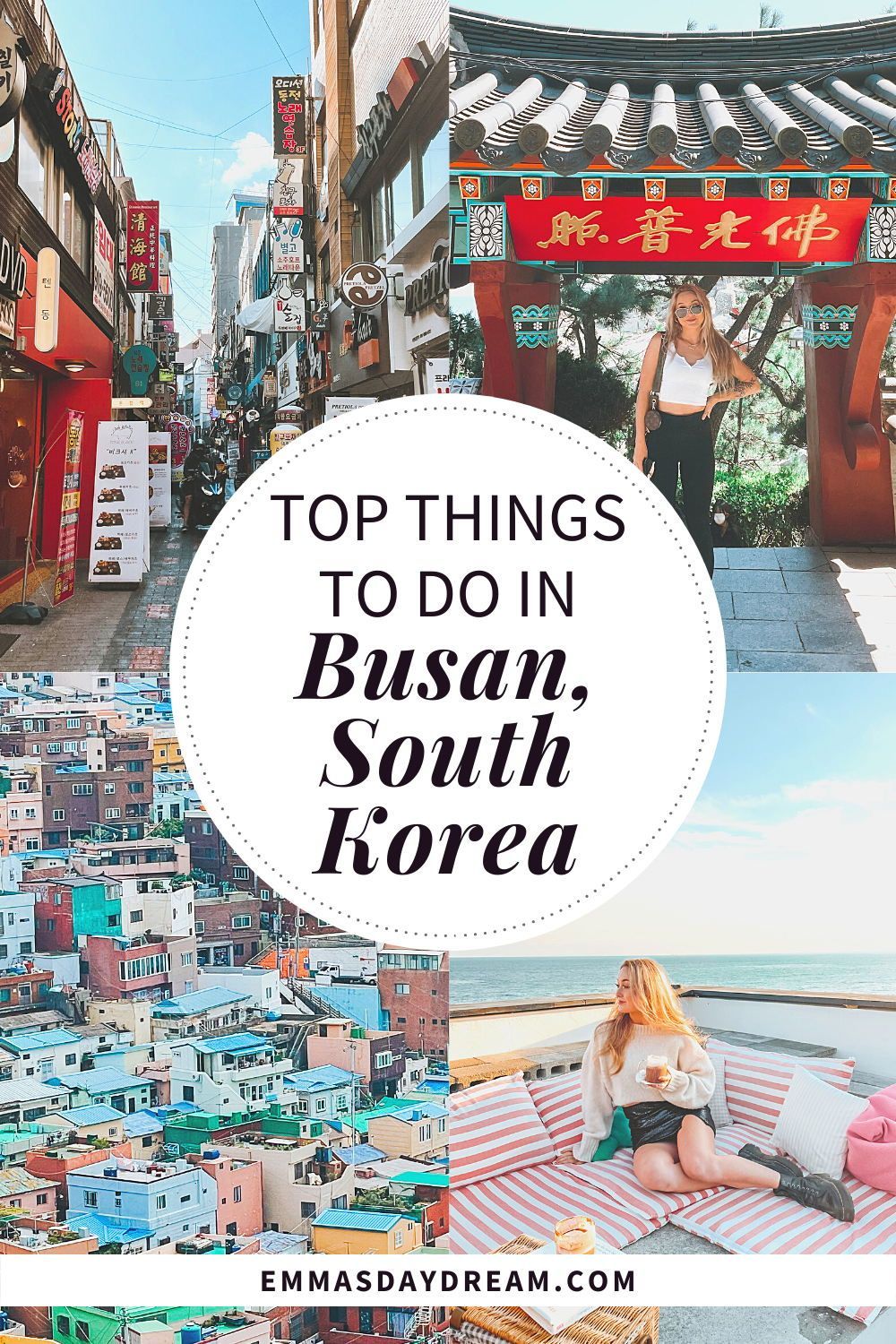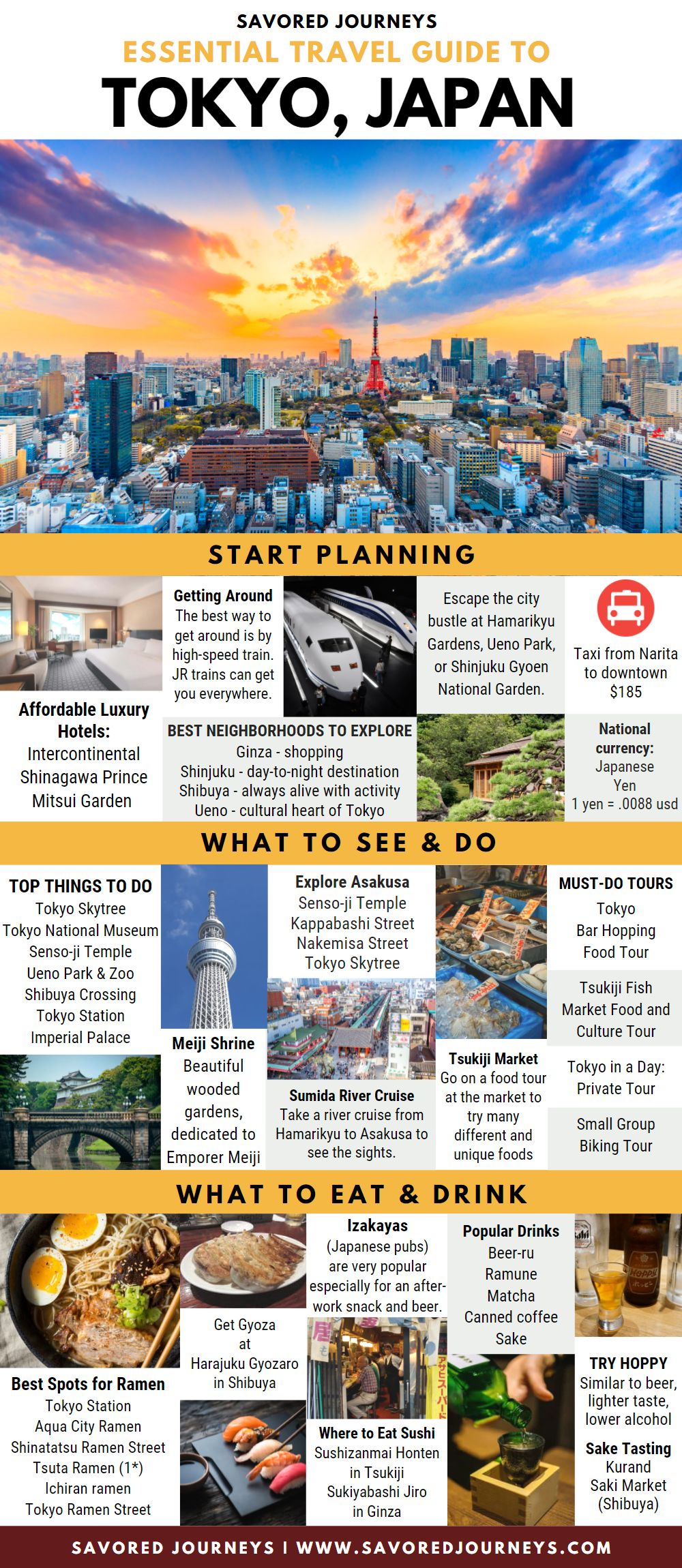Cairo: A Timeless Tapestry of Ancient Wonders and Modern Marvels
Cairo, the sprawling, pulsating heart of Egypt, is a city that assaults the senses in the most exhilarating way. A vibrant kaleidoscope of ancient history, bustling souks, majestic minarets, and…
Abu Dhabi: A Glimpse into Timeless Grandeur and Modern Marvels
Abu Dhabi, the opulent capital of the United Arab Emirates, is a city that effortlessly blends tradition with modernity, ancient heritage with futuristic aspirations. Nestled on an island in the…
Dubai: A Glimpse into the Future, Rooted in Tradition – Your Ultimate Travel Guide
Dubai. The very name conjures images of soaring skyscrapers that pierce the azure sky, opulent shopping malls that redefine retail therapy, and an ambition that seems to know no bounds.…
Macau: A Traveler’s Guide to the Pearl of the South China Sea
Macau, a vibrant Special Administrative Region of China, is a captivating tapestry woven from Portuguese colonial charm and pulsating Asian modernity. Situated on the western side of the Pearl River…
Hong Kong: A Symphony of Contrasts – Your Ultimate Travel Guide
Hong Kong, a dazzling metropolis where East meets West, where ancient traditions dance with futuristic skyscrapers, and where serene natural landscapes cradle a bustling urban heart. This former British colony,…
Busan: A Coastal Gem of South Korea
Busan, South Korea’s second-largest city, is a vibrant metropolis that effortlessly blends its rich historical tapestry with a dynamic modern spirit. Nestled on the southeastern coast, it boasts stunning beaches,…
Seoul: A City Where Ancient Traditions Dance with Futuristic Visions
Seoul, the pulsating heart of South Korea, is a metropolis that effortlessly blends its rich 2,000-year history with a relentless drive towards the future. From majestic palaces and serene temples…
Osaka: A Culinary Capital and Cultural Crossroads
Osaka, a vibrant metropolis on Japan’s main island of Honshu, beckons travelers with its infectious energy, mouthwatering cuisine, and a captivating blend of ancient history and modern innovation. Often overshadowed…
Kyoto: A Journey Through Time and Tranquility
Kyoto, the former imperial capital of Japan, is a city that whispers tales of ancient emperors, serene gardens, and vibrant traditions. For over a thousand years, it served as the…
Tokyo: A Metropolis of Enchantment – Your Ultimate Travel Guide
Tokyo, a city that dances on the precipice of tradition and hyper-modernity, is a destination that ignites the senses and captivates the soul. From the neon-drenched skyscrapers of Shinjuku to…
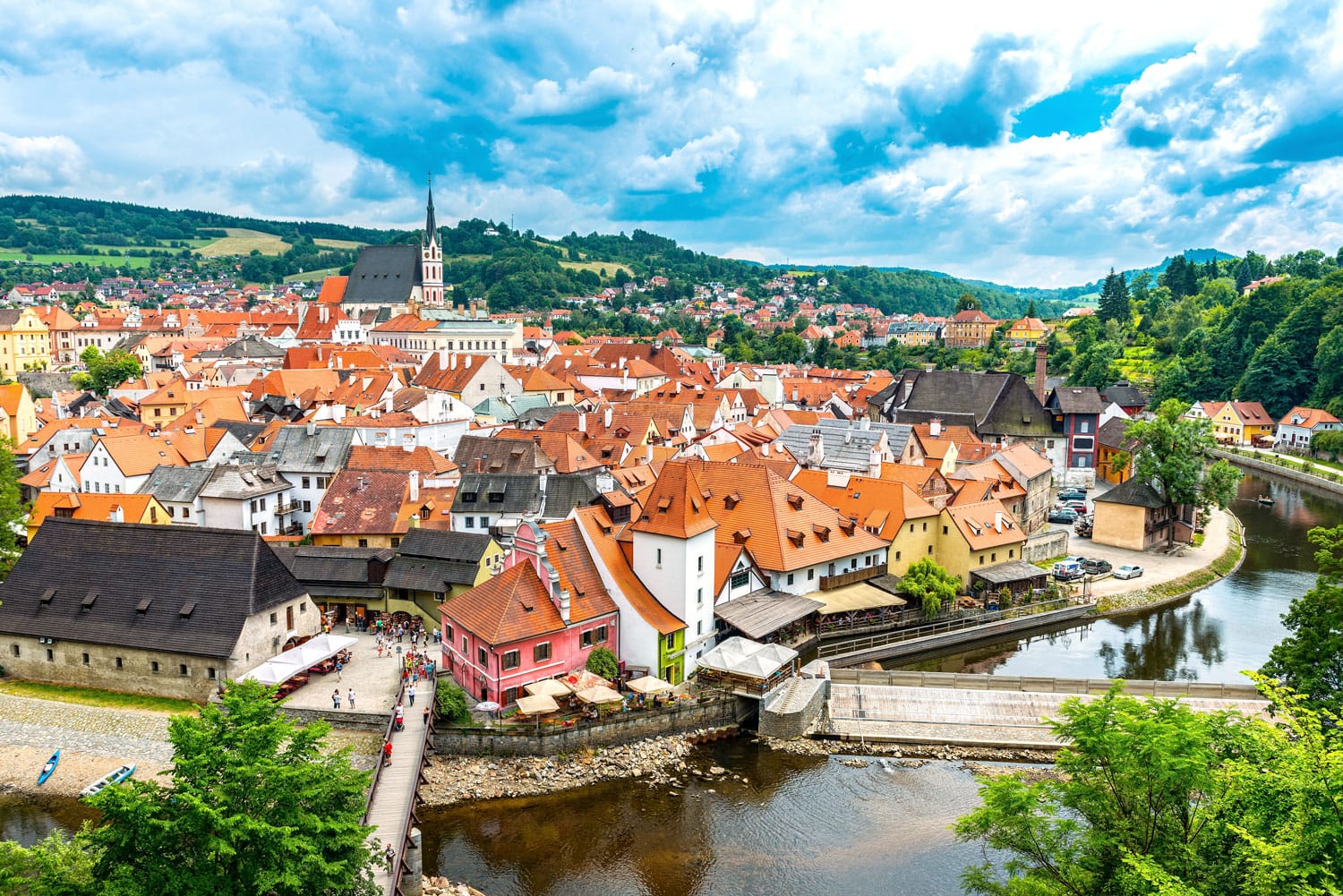 Beyond the Fairy Tale: Your Comprehensive Guide to Staying in the Czech Republic
Beyond the Fairy Tale: Your Comprehensive Guide to Staying in the Czech Republic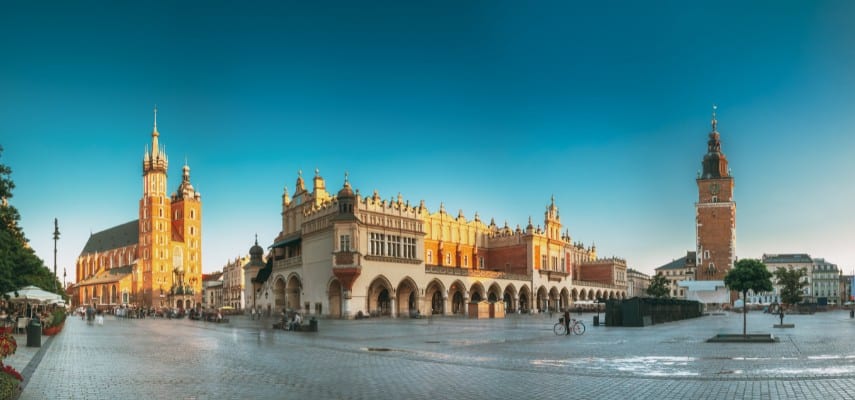 Poland: A Tapestry of History, Culture, and Unforgettable Stays
Poland: A Tapestry of History, Culture, and Unforgettable Stays Lebanon: A Tapestry of History, Culture, and Coastal Charm – Where to Stay and What to Experience
Lebanon: A Tapestry of History, Culture, and Coastal Charm – Where to Stay and What to Experience Israel: A Tapestry of Time, Faith, and Adventure – Your Ultimate Guide to Where to Stay
Israel: A Tapestry of Time, Faith, and Adventure – Your Ultimate Guide to Where to Stay Oman: Where History Whispers and Adventure Awaits – A Guide to Your Perfect Stay
Oman: Where History Whispers and Adventure Awaits – A Guide to Your Perfect Stay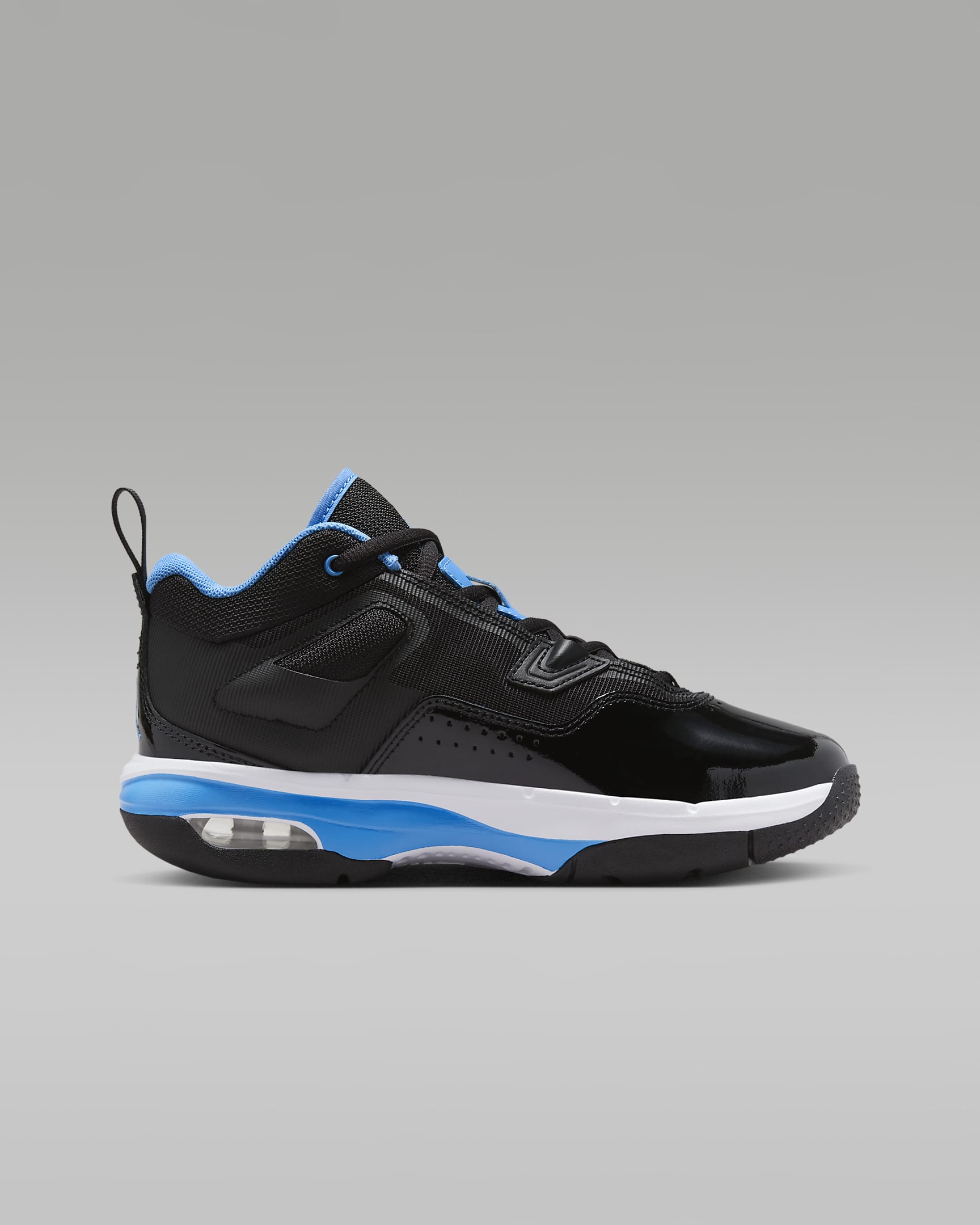 Journey Through Timeless Sands: Where to Stay and What to Experience in Jordan
Journey Through Timeless Sands: Where to Stay and What to Experience in Jordan Where to Stay in Saudi Arabia: A Journey Through Ancient Wonders and Modern Marvels
Where to Stay in Saudi Arabia: A Journey Through Ancient Wonders and Modern Marvels Unveiling the Kingdom: A Comprehensive Guide to Where to Stay in Saudi Arabia
Unveiling the Kingdom: A Comprehensive Guide to Where to Stay in Saudi Arabia Beyond the Skyline: Your Ultimate Guide to Staying in Qatar
Beyond the Skyline: Your Ultimate Guide to Staying in Qatar Beyond the Desert Bloom: Where to Stay in Qatar and Discover its Treasures
Beyond the Desert Bloom: Where to Stay in Qatar and Discover its Treasures




















































































